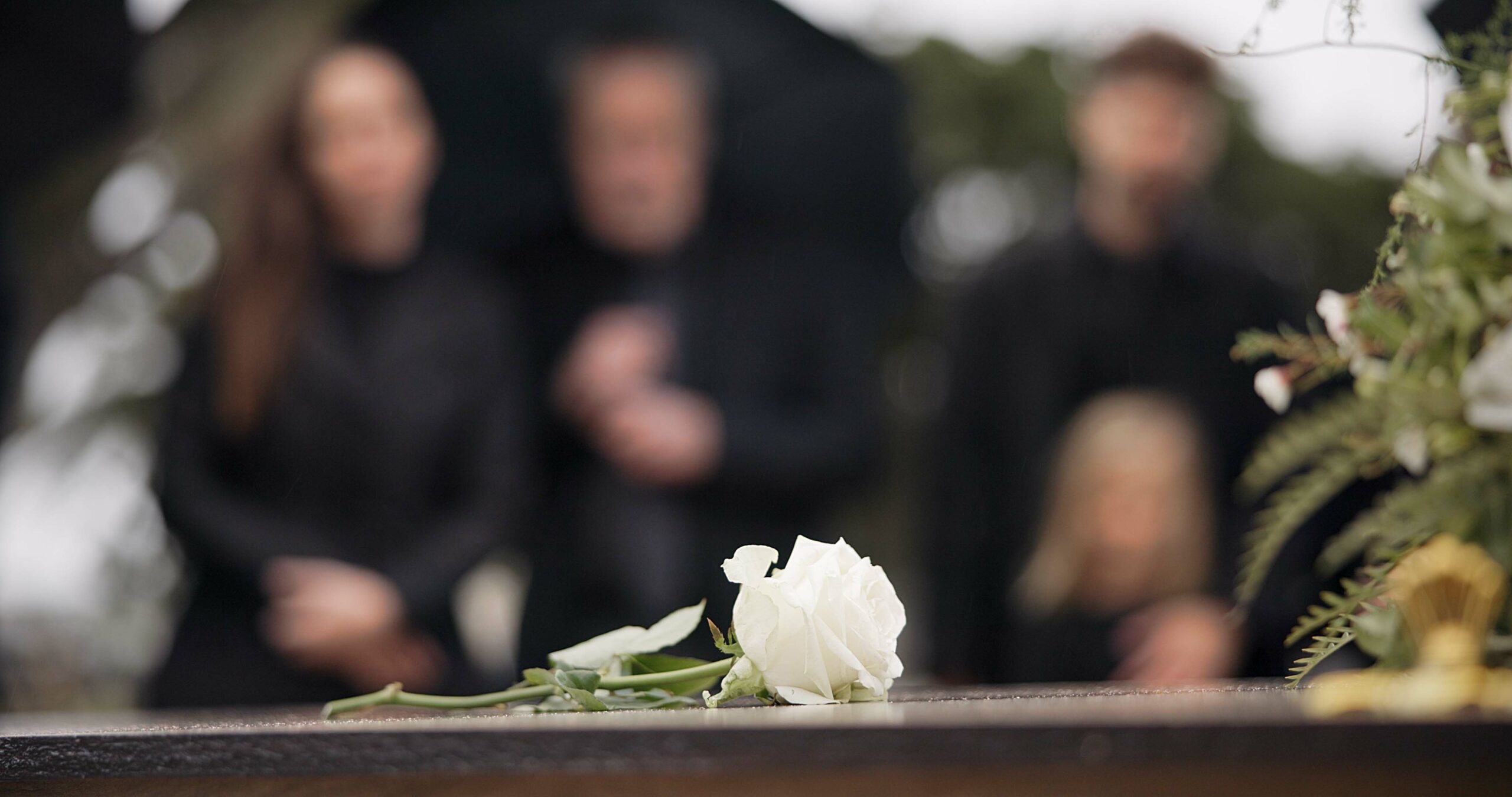Importance and Reasons for Rituals
What do rituals have in common? First, they are typically public events. Families, friends, church members, villages, even nations – any group with strong emotional or philosophical ties – may create and enact a ritual, providing a support system for common beliefs and values. Rituals unite us.
Second, most rituals follow an established, cultural-specific procedure. The details will change, but the general pattern remains recognizable. The predictability of rituals helps participants feel at ease.
Finally, and perhaps most important, rituals are symbolic. Wedding rings, christening gowns and gold watches all symbolize important life transitions and commitments. Not just the objects, but the very acts of ritual are symbolic as well. The symbol of ritual provides a means to express our beliefs and feelings when language alone will not do those beliefs and feelings justice.
The funeral ritual, too, is a public, traditional and symbolic means of expressing our beliefs, thoughts and feelings about the death of someone loved.
